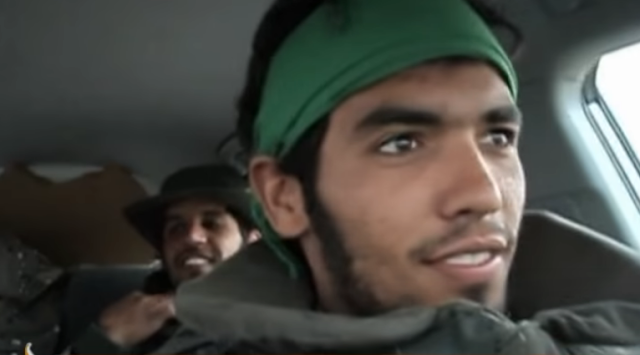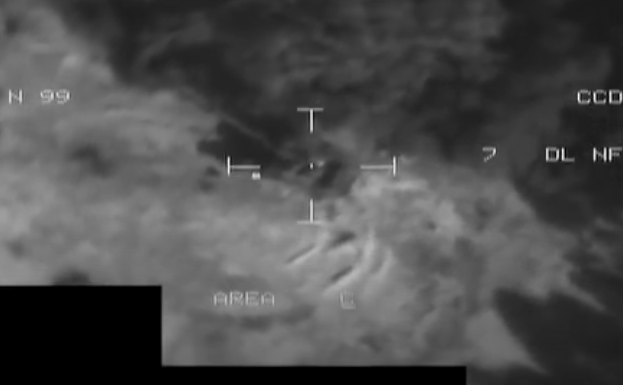Protests erupted in Lybia in February of 2011. Protesters were motivated by the Arab Spring to call for Gaddafi to step down. Protesters and riot police clashed initially, then the Army became involved. Shots were claimed to have been fired on protesters, but the extent to which this happened has almost certainly been exaggerated. Protesters were attacked at some level, and this led to an armed rebellion in February to March 2011.
Rebels made gains around Benghazi and several nearby towns in the East, but then Gaddafi's army mobilized and pushed them back in early to mid March. Misrata was also captured by NTC (National Transitional Council) rebels early on, but this article will mostly focus on the Eastern offensive against rebels by Gaddafi's army.
Gaddafi's Army began pushing East in March, beginning in Aldabiya, West of Benghazi. The army would eventually reach Benghazi before NATO intervened and began striking not only the Libyan Air force, but tanks and armored vehicles as well.
In early March, Gaddafi's army was aware that NATO was considering airstrikes on military targets, so ground forces moved with numerous mobile SAMs and MANPADS. Mobile SAMs such as the 9K33 Osa and Igla MANPADS on AA mounts on trucks were seen in a video of a large convoy approaching Aldabiya. ZSU-23-4 Shilkas were also deployed.
An Igla MANPADS mount near Aldabiya.
A 9K33 Osa near Aldabiya.
A Battery of four 9K33 Osas. It was a tactical blunder to keep all of the 9K33s together. It would have been more effective to space them out several miles apart. Osas are obsolete and easily jammed, so they are vulnerable to airstrikes.
A Convoy with many vehicles headed East.
Five 9K33 Osas being transported near Aldabiya.
Four truck mounted Igla MANPADS in the convoy.
Three 9K33 Osa SAMs with their radars and missiles stored heading to Aldabiya.
The amount of anti-air equipment deployed indicated that Gaddafi's forces were keenly aware of what may come, and in their minds they were prepared. However, these SAMs were obsolete and were deployed in a way that made little tactical sense
Other vehicles in the convoy included tanks and multiple rocket launcher systems as well as Toyota and Mitsubishi trucks.
A BTR-60.
T-72M1s in the convoy.
Palmaria SPGs and T-72M1s at a staging area near Aldabiya.
Four Palmarias prepared to fire on rebel targets.
ZSU-23-4 Shilkas.
BM-21 Grads prepared to fire on Aldabiya.
In offensive action, Gaddafi's army seemed rag-tag and unprofessional. They had poor coordination, drove civilian vehicles and rarely wore a uniform. However, the NTC rebels seemed to have been even less coordinated and far less equipped militarily, which led to a rapid advance by the Libyan Army toward Benghazi.
Troops driving.
Patrolling Aldabiya once entered.
A ZPU technical with troops.
BM-21 Grad firing on Aldabiya.
Type 63 firing on rebels around Aldabiya.
A BTR-60 on the move.
Gaddafi forces would reach Benghazi in March after a blitz through rebel occupied territory in the East. It was clear that Gaddafi would have won the war and stamped out all resistance, but then NATO became involved. The US Air Force, Canadian Air Force, Royal Air Force and French Air Force all conducted sorties on Gaddafi's military. The air defenses seen before were easily swept aside. Within months the situation for Gaddafi had deteriorated severely.
9K33 Osa destroyed by NATO airstikes near Benghazi.
Destroyed Palmarias hit by airstrike near Benghazi.
Destroyed Palmarias between Aldabia and Benghazi.
Along with tanks and artillery, the entire Libyan Air Force and Navy were struck. By the middle of 2011 Gaddafi saw the writing on the wall and offered to hold elections. NATO rejected this and continued bombing. Gaddafi and what remained of his army were besieged in Sirte by October 2011. Gaddafi would be captured, tortured and executed by the NTC rebels. On the announcement of Gaddafi's death, the NATO air campaign ended.
In total, 600 tanks and armored vehicles were hit along with 400 artillery pieces and rocket launchers. In March, just before the NATO intervention, Gaddafi's forces were close to victory in the East of Libya. Once the intervention began, the Libyan Army quickly fell apart. It is safe to draw the conclusion that Gaddafi or his family could still be in power today had NATO not become involved in Libya.

































































No comments:
Post a Comment